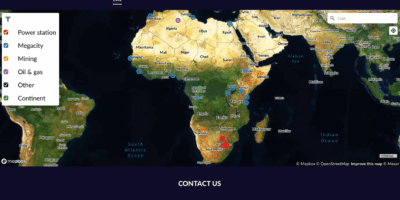Light propagation in absorbing particles has been calculated incorrectly for decades, a new FMI-SPACE –led study finds. The researchers derived a ray-tracing solution for scattering by absorbing particles. With this, they discovered that ice crystals reflect more near-infrared radiation than previously estimated. The result has direct applications in atmospheric remote sensing.
Atmospheric particles scatter radiation and thereby affect the climate and interpretation of remote-sensing measurements. Some particles absorb radiation – even ice crystals that are nearly transparent for our eyes become strongly absorbing in the near-infrared wavelengths.
Calculating scattering by absorbing particles is not straightforward. It has been pointed out already in the 1930s that light travels differently inside an absorbing particle; thus, the Snel’s law and the Fresnel equations should not be applied in their familiar form. Erroneous methods utilizing these are, however, widely in use.
The researchers calculated with their new ray-tracing code that ice crystals can be up to 6 percent more reflecting at specific near-infrared wavelengths than traditionally calculated. “The difference between the correct and incorrect computational methods has not been evaluated before”, says Dr. Hannakaisa Lindqvist, the lead author of the study at FMI-SPACE. “The next question is how significant are these differences for remote-sensing measurements”.
Although the ray-tracing solution was applied to atmospheric ice crystals, it provides a general solution to scattering by absorbing particles much larger than the wavelength of light. The method has already been applied to modeling of meteorite spectra at the University of Helsinki.
The research was done in collaboration with the University of Helsinki, University of Jyvaskyla and Finnish Geospatial Research Institute, and it was partially funded by the Academy of Finland.
Additional information:
Hannakaisa Lindqvist, Head of Group (Greenhouse Gases and Satellite Methods), hannakaisa.lindqvist@fmi.fi
Publication details:
Lindqvist , H. , Martikainen , J. , Räbinä , J. , Penttilä , A. and Muinonen, K.: “Ray optics for absorbing particles with application to ice crystals at near-infrared wavelengths”, Journal of Quantitative Spectroscopy & Radiative Transfer, vol. 217 , pp. 329–337, 2018. https://doi.org/10.1016/j.jqsrt.2018.06.005








Leave a Reply
You must be logged in to post a comment.